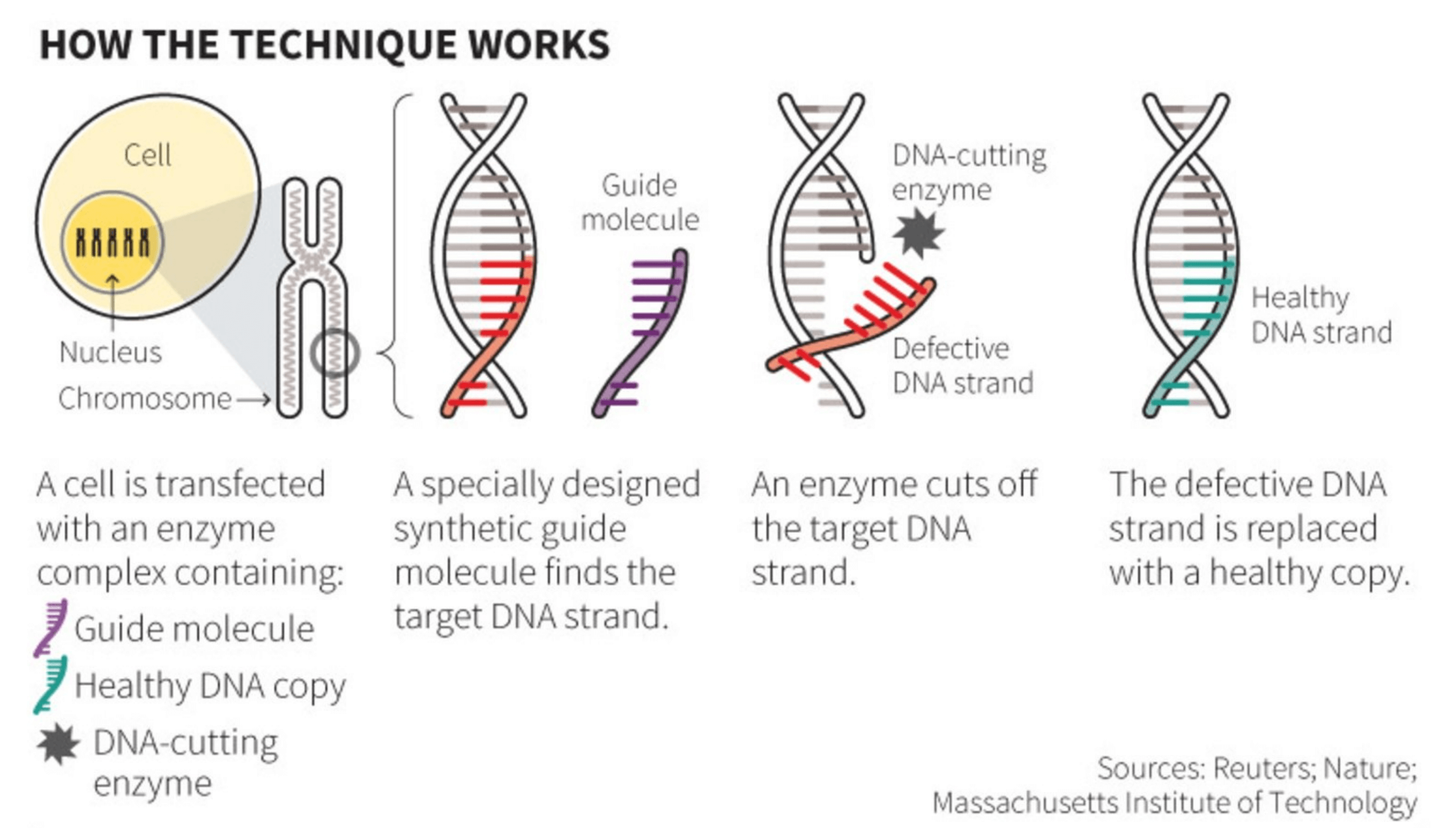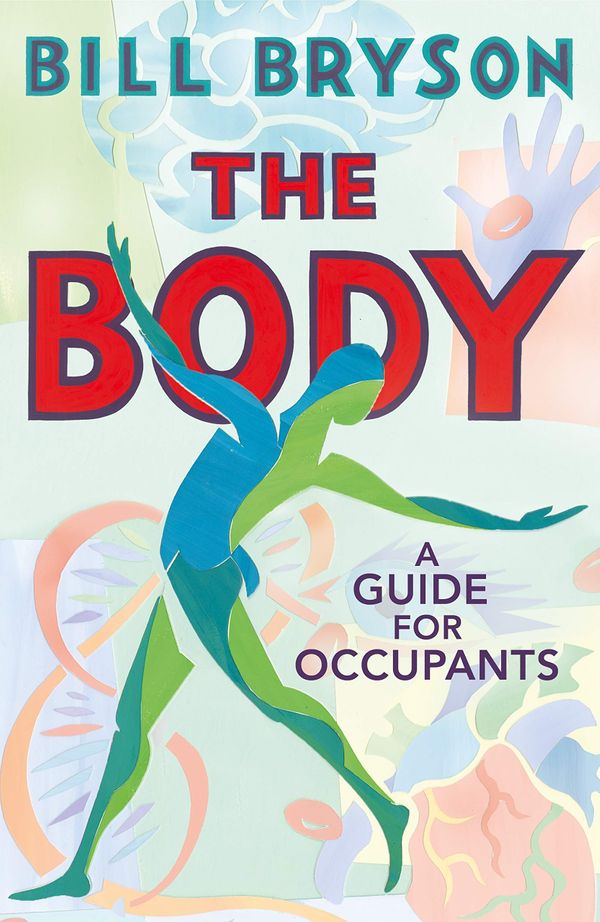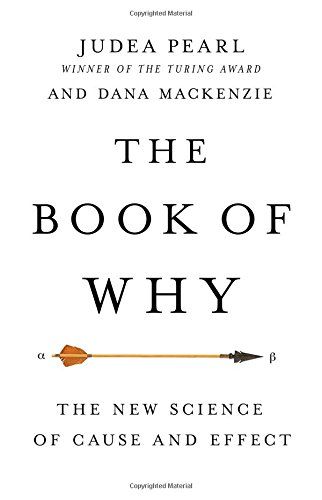By Jennifer A. Doudna (2016)
Pages: 281, Final verdict: Should-read
The power of controlling human evolution has long been an endeavour reserved to realm of science fiction. For billions of years, our biological destiny has been dictated by nature, expressed in Darwin's theory of evolution, where random genetic mutations shape the advances of our biological systems.
CRISPR, a breakthrough technology for gene editing, promises to put humans in control. And with several billion dollars invested in startups and research teams targeting all-things genome, the technology is rapidly catching the world's attention. Jennifer Doudna, Professor and Chair at the Department of Molecular and Cell Biology at Berkley, is the co-author of A Crack in Creation, the canonical book on the revolutionary technology behind gene editing.
Our attempts at controlling the genome
Doudna begins the book with a short history of genomics. The human genome, made up of 3.2 billion letters of DNA arranged in a double helix, has long been the object of study and awe by the scientific community. Its genes - sequences of those DNA letters - encode the information needed to produce the proteins that perform most of the functions of the body. So, given its fundamental importance in life, the quest to understand, decode and tinker with the genome is often dubbed as the holy grain of biology.
The history of genetics has suffered from the ebbs and flows and the promises and disappointments that come with the iterative nature of scientific discovery. Since the 1970's, scientists have discovered three key methods for understanding and working with the genome:
- Gene sequencing - the ability to read DNA letters to understand causal effects between a gene's sequence of letters and its action in the body;
- Gene splicing - the process in which viral/engineered DNA is inserted into a cell to add new DNA letters to missing or defective genes;
- Gene editing - where the genes of the target cells are replaced with new genetic information inserted from outside the cell;
Countless research papers, lab experiments and critical trials have derived from these three methods. And perhaps the most widespread impact of those techniques - in this case through gene splicing - comes in food, with GMOs (genetically modified organisms). You might be surprised to learn that in 2015, +90% of all corn, cotton and soybeans grown in the US were genetically engineered.
However, the promises to use those early techniques from GMOs to cure our genetic diseases fell short, often due to problems related with the sheer difficulty of performing the tasks, its insurmountable costs and glaring lack of precision - known as non homologous recombination - where the new DNA is integrated in the wrong place in the genome (often in with a ratio to 100:1) .
Therefore, in order for gene editing to be viable in humans, we needed an affordable tool which could recognize a DNA sequence, would cut that sequence precisely, and would be easily reprogrammable to target any sequence of DNA letters. Enters CRISPR.
CRISPR breaks into the scene
Scientific breakthroughs are often come in the periphery of what researchers were looking for. Penicillin, Insulin, and the microwave are cases of such serendipitous discovery.
CRISPR was no different. Its fundamental insight was discovered while researching why some strains of a milk-fermented bacteria called S. thermopilus were more resistant to viruses than others. Later discoveries found that the CRISPR DNA (a specific part of the bacteria's DNA), together with an enzyme called Cas9 was able to identify viral DNA and slice it, protecting the bacteria from the virus.
Then, in 2012, Doudna's lab was responsible for another breakthrough that would turn the scientific world on its head: CRISPR DNA and the Cas9 protein could be used not only to protect from viral DNA, as seen in S. thermopilus, but to target and replace pre-set sequences of DNA from a cell with new DNA letters. In a simple, cheap and in programmable fashion, biologists, doctors and the scientific community could soon delve into the power of gene editing.

Since then, CRISPR has already been used to make crops more resistant to disease, cows without horns, sheep with more wool and modify the genes in elephants cells to recreate the genome of the wooly mammoth. And with more than 7 000 human diseases caused by a mutation in a single letter of DNA, the scientific community is hopeful that CRISPR sets the stage for a revolution in medicine.
Doudna also addresses the current (as of 2016) shortcomings of the technology, particularly its precision - how well it cuts and replaces the target DNA - and deliverability - how well it reaches the intended cells. A long section of the book is dedicated to the author's personal reflections on the ethical questions facing CRISPR, and the book concludes with an account of the author's public engagement work with the scientific community in the hope that this revolutionary tool is used wisely in behalf of humanity.
Bottom line
Jennifer Doudna might very well be a future Nobel prize winner. The technology discovered by her research team has the potential to cure genetic diseases, revolutionize food production and open a new world of possibilites in medicine. With these, come new ethical challenges that we have yet to experience as a race.
A Crack in Creation is a great introduction to field of genetics and CRISPR, one of the most exciting fields in science. And even though we've only started to see what it can do, it is inspiring to read how much this seemingly tiny discoveries can change our world forever.
It is not a light read - after all, it is about genetics and biology - but helpful illustrations accompany the key concepts conveyed by the book. If you are looking to learn about a new topic and admire in awe at power of human ingenuity and curiosity, Crack in Creation should be at the top of your list.
Learn more
- Buy the book
- 2019 Fortune article about Chinese doctor who created gene-edited embryos sentenced to prison
- A Nature article on the first clinical trials of CRISPR with human patients



